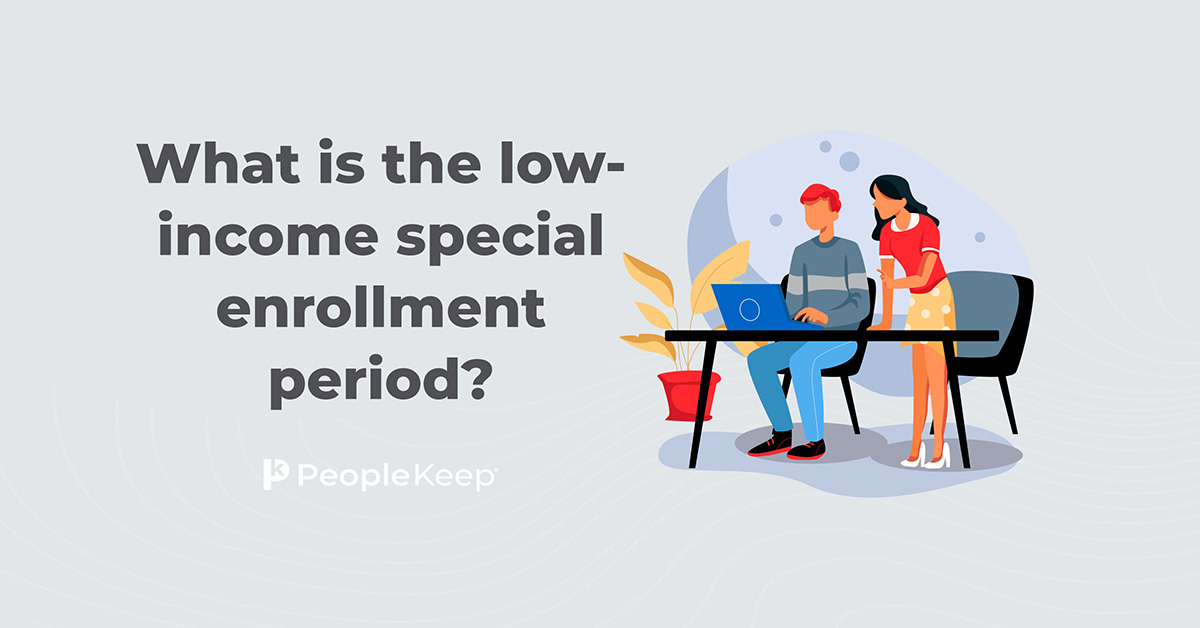What You Need to Know about Marketplace Auto-Enrollments
By Christina Merhar on July 29, 2014 at 8:00 AM
Early this month it was announced that consumers with Marketplace health plans would be able to auto-enroll in 2015, meaning they would not have to fill out a new application or go back through HealthCare.gov to renew their coverage. While auto-enrollment was intended to create ease for consumers, industry experts warn that auto-enrollment could lead to costly surprises for many enrollees.
What Clients and Consumers Need to Know about Marketplace Auto-Enrollments
Under the proposed rule for Marketplace auto-enrollments, consumers enrolled through the Federally-run Marketplace will receive notices from the Marketplace informing them how to update their information to get a tailored and updated tax credit that keeps up with any income changes. Consumers will receive information from their health insurance company about the premium and plan.
However, as the Washington Post reports, what consumers receive from the Marketplace will show “the exact dollar amount” of premium tax credits they are receiving this year. This may be problematic for two reasons.
-
Premium tax credits are based partly on premiums for a current benchmark plan for the enrollee's region. As more health plans are added to the Marketplace in 2015 and insurers set new prices, the benchmark plan will likely change.
-
Premium tax credits are based on household income, family size, and region. If enrollees do not report changes their 2014 premium tax credit will be out of date, as will their 2015 premium tax credit estimate.
These two factors mean that enrollees could be surprised with a premium increase when the first bill comes for their coverage in 2015.
The solution?
-
Don't be quick to opt for auto-enrollment.
-
Contact the Marketplace to update any changes in financial or personal details.
-
Shop around. New plans will be available this Open Enrollment season so it may be beneficial to compare plans and costs.
Check out more resources
See these related articles

Marketplace Auto Enrollment Rule Finalized
This article contains an overview of the final rules on Marketplace auto enrollment.

ACA Special Enrollment Periods [Chart]
ACA Special Enrollment Periods Chart, by qualifying events. Chart of special enrollment periods for marketplace and non-marketplace plans.

What is the low-income special enrollment period?
The low-income special enrollment period is a chance for those with limited financial resources to enroll in health insurance outside of open enrollment.


